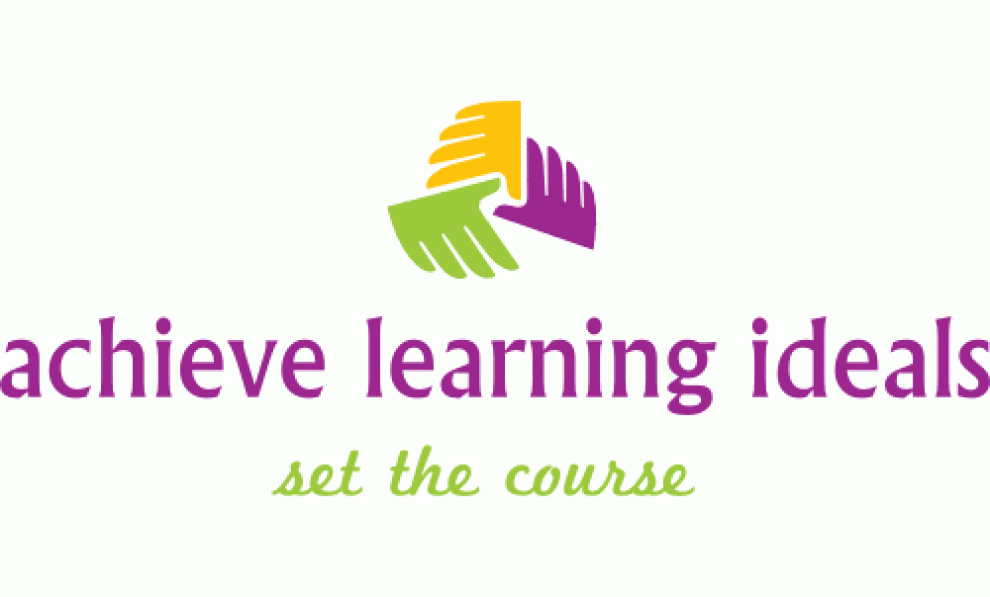One activity a day please –that is to FOCUS on;
YOGA
Yes
Open
Gesture stretch move repose
Actions to allow learning to settle
As an actual person from the 70s (1970s) I do recall the wave of books and fringe groups discussing TMR and meditation along with green tea and incense burning- but I was more into other things. Today in looking at Curriculum and asking why and where school wide learning balances The Arts and Phys Ed with core Academic subjects, and questions about exam preparation, student worries ( anxiety is too much a buzzword to truly apply to all students ) and what simple additions could have lasting effect on a schools atmosphere, two things continuously surface. Basic nutrition for all, and peaceful meditative practice.
Settle isn’t a bad word, in fact it is a word with multiple meanings- we despairingly suggest one shouldn’t settle for something that doesn’t automatically appear to be the perfect fit, yet we applaud those people who appear to be “settled” as in having found some stability from which to grow. And now that winter storms may soon engulf a city in snow, little is more pleasant than to look outside and see a streetscape where after the wind and blowing pellets, the snow has actually settled. Consider then how we discuss the feeling of ideas swirling around and refer to this as a “brainstorm.” And how one field of thought exhorts: create mind maps, another, put it in a list, and ever others, just begin and let the writing flow. But still there will be the students who can’t begin, some who can’t sit still, others who appear glued to their seats but whose pencils rarely make a mark on a page, and between these extremes are the students who simply need to understand what the term calm actually means. Enter “YOGA.”
In 2016 YOGA is not “fringe” but decidedly mainstream. And the beauty of it is that it is portable; certainly trained professional teachers will manage classes and here a person may learn exact techniques and increase, level by level, until able to move the body into near magical poses; however back to basics when it comes to a school wide system, and the goal of simply encouraging students to “be.” And doesn’t each of us benefit from having the ability to allow for inner calm even when under stressful situations? So let’s start with the youngest students and increase the practice throughout the grades and remove any discomfort in allowing students to “zone out” for a brief period – active daydreaming if you will, instead of just pushing the call for “makers,” let’s recall that thinking requires quiet time, too.
And as we as Educators continue to push for “Healthy Schools” let’s nourish the body too! If full time lunch programs are not doable in a district could healthful snack breaks fit into the budget? Having participated where schools offered something as simple as a ½ orange or ½ banana to students twice a day and recognized that the break also allowed for light conversation, then valued the renewed vigor when students tackled coursework, can vouch that sometimes even the simplest of gestures have lasting benefits. Makers and doers, thinkers and tinkerers, schools owe it to their staff and students to create and encourage learning awareness; one of the better ways is to help increase school wide non-analytical action. The reflections can occur during the relaxed periods; instead of being imposed upon students may begin to find reflection a natural occurrence. And then, when asked to consider various options, recognize that in addition to brainstorming, allowing ideas to settle is worthwhile too.
